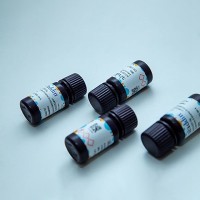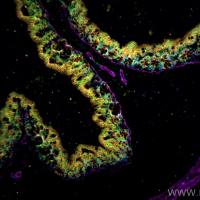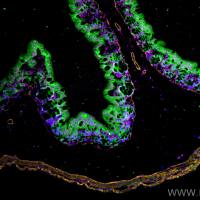Labeling and Purification of RNA Synthesized by In Vitro Transcription
互联网
469
The problems of isolating sufficient quantities of rare RNAs for detailed biochemical analysis can be circumvented by synthesis of the desired RNA in vitro (1 –3 ). Early methods of in vitro transcription included the use of eukary-otic cell extracts or Escherichia coli RNA polymerase to transcribe DNA templates containing the appropriate promoter. Ideally, however, the optimal in vitro transcription system should require simple buffer components without need for preparation of extracts and should precisely initiate and terminate transcription at definable sites. In vitro bacteriophage transcription systems fulfill these criteria. Single-stranded RNA of the desired sequence can now be synthesized using commercially available SP6, T3, and T7 bacteriophage RNA polymerases that have a very high specificity for their respective promoters. Large quantities of RNA can be synthesized and used as substrates in assays involving translation, RNA processing, microinjection, or transfection. The RNA can be end-labeled for structural analysis or for examining RNA-protein interactions. Alternatively, the RNA can be internally labeled during transcription and used as a riboprobe for Southern/Northern blots, for RNase protection assays, or in the assays described previously.









